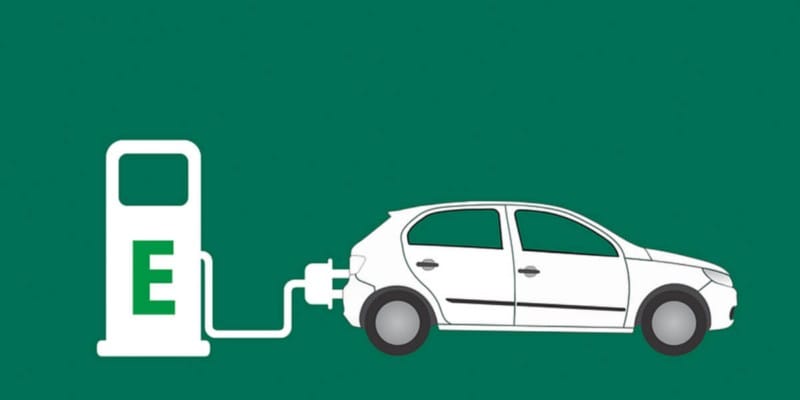How To Shop For An Electric Car
The EVs account for just a fraction of car sales overall, they are slowly gaining popularity .While you’re researching EVs, you’ll deal…


EVs account for just a fraction of car sales overall, they are slowly gaining popularity. While you’re researching EVs, you’ll deal with the usual considerations, including price, comfort, cargo space and handling.
Shopping for an EV also means rethinking your approach to refueling and how far the car can travel between charges. And you’ll need to learn about charging, electric rate plans, and EV incentives and rebates. It’s manageable, though. You’ll find online resources from carmakers, utility companies, EV owner forums, government agencies and EV advocates such as Plug In America.
Here are some of the things you might think of before buying one:
CHARGING
Most EV owners charge at home. To power up faster, invest in 240-volt, Level 2 electric vehicle supply equipment (EVSE).
Dealerships can set you up with both the EVSE and installation, or you can shop online and possibly get a better deal. An average cost for the system and professional installation is about $1,750, but it varies by region as well as the specific location of your electrical panel. This figure doesn’t include the cost of any permits or upgrades that your electric service might need. Get estimates of these costs before you finalize your car deal. A good source for home charger information is GoElectricDrive.org.
RANGE
Conventional wisdom says that EVs are impractical if they don’t deliver the range of a conventional car. The figure that’s often cited is 300 miles.
But that’s gas-car logic, says Dan Edmunds, director of vehicle testing for EV owner. Let’s assume this is your second car, as is most often the case. If you plug in overnight with a Level 2 home charger, all you need is a car capable of meeting your daily driving needs. More range requires bigger batteries, and they raise the price of the car significantly.
Here are some affordable EVs that deliver 100 miles or more on a charge (prices include destination fees): the 2019 Chevrolet Bolt (238 miles, $37,495); the 2018 Nissan Leaf (151 miles, $30,875); the 2018 Hyundai Ioniq Electric (124 miles, $30,385); and the 2018 Kia Soul EV (111 miles, $33,145).
TEST DRIVES
When you have your short list of cars, make appointments at dealerships for back-to-back test drives. Here are some specific things to note:
i)An EV is inherently quieter than a gasoline-powered car because its electric motor is dramatically quieter than an engine. But you should still observe how quiet the car is on the highway. Cut the conversation, keep the windows up, and turn off the radio.
ii) Take time to review the car displays that let you monitor the battery, charging and energy usage. They can help you maximize range. Also inquire about smartphone apps that let you check on your vehicle’s charging status.
iii) Get a feel for regenerative braking, which can slow the car significantly as soon as you lift off the accelerator pedal. Most EVs have driver-adjustable levels of regenerative braking, so it might be worth checking your test car to find out which mode it’s in.
CHECK OUT INCENTIVES AND TAX CREDITS
While there are lots of incentives and rebates for EV buyers, the federal EV tax credit of up to $7,500 gets the most attention.
This credit, however, begins to phase out after manufacturers sell 200,000 qualifying EVs. Tesla hit its 200,000 mark in July 2018. GM is expected to sell its 200,000th qualifying car early 2019, so Chevrolet Bolt buyers should be poised to act soon, too.
Remember that the federal credit is not a discount or rebate. You have to qualify for a car loan and make payments based on the full amount, then file for the credit on your return.
CONSIDER LEASING
A way to avoid the tax-credit hassle is to lease the EV. When you do that, the dealer takes the tax credit and applies the savings to your deal.
Leasing also shields you from the tendency of electric vehicles to lose more value than conventional cars. Some of the factors depressing EV prices include heavy new-vehicle incentives, low demand and the rapid pace of technological advancements, making new models more attractive.




